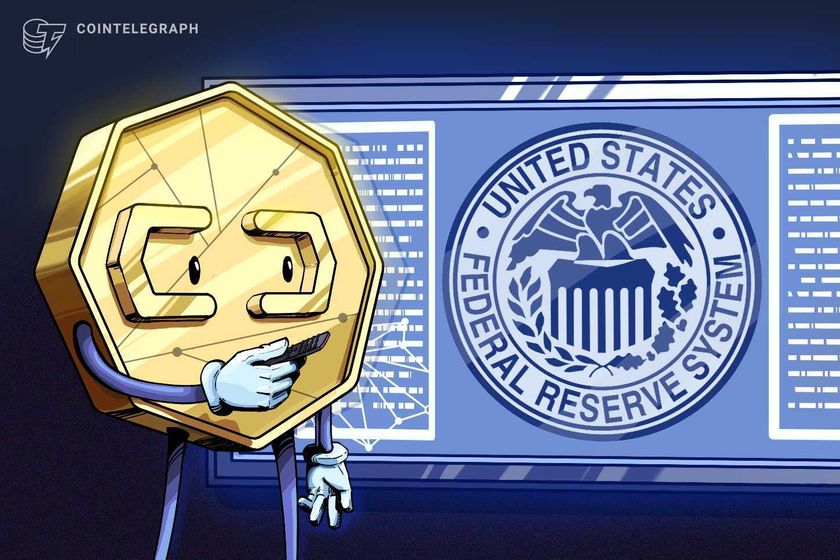Justin Bieber scores his eleventh Pop Airplay chart No. 1 with “Daisies,” tying Rihanna, Katy Perry, Maroon 5, and Bruno Mars for the second-most chart-toppers ever. TORONTO, ONTARIO – FEBRUARY 01: Singer Justin Bieber takes part in the draft during 2024 NHL All-Star Thursday at Scotiabank Arena on February 01, 2024 in Toronto, Ontario, Canada. (Photo by Bruce Bennett/Getty Images)
Getty Images
Justin Bieber long ago asserted himself as one of the most successful pop stars in music history, and he continues to add to his legacy every time he drops a new project. Even when he steps away from the spotlight for several years at a time — as much as that’s possible for someone who remains constant tabloid fodder — the Canadian singer is able to excite millions whenever he returns.
His new single “Daisies” brings him back to No. 1 on Billboard’s Pop Airplay chart, and as the Grammy winner collects another ruler, he ties some of the most successful artists of all time and makes history once again.
“Daisies” Brings Justin Bieber Back to No. 1
“Daisies” grows one spot this frame, ascending from No. 2 to No. 1 on the Pop Airplay chart. The tally ranks the tracks that reach the largest audience across the United States, measured by radio impressions. The Pop Airplay list is widely regarded as one of the most competitive radio rankings in the country, as it focuses solely on top 40 pop — a field dominated by massive hits from the world’s biggest artists.
How Many No. 1s at Pop Radio Has Justin Bieber Charted?
Bieber collects his eleventh career No. 1 as “Daisies” conquers the Pop Airplay chart. He ties four fellow superstar acts — Rihanna, Katy Perry, Maroon 5, and Bruno Mars — for the second-most rulers in the chart’s history.
Taylor Swift and “The Fate of Ophelia” Make History
Last week, before “Daisies” reached the summit, Bieber was matched with Ariana Grande, as both claimed 10 wins apiece. Taylor Swift leads all artists with a lucky 13 rulers, and that figure could climb again soon, as her latest single “The Fate of Ophelia” opens at No. 10 this week — an extreme rarity on any airplay chart.
Four tracks from Swift’s brand new album The Life of a Showgirl arrive on the Pop Airplay chart this week, led by “The Fate of Ophelia.” As that single launches within the uppermost region, “Opalite,” “The Life of a Showgirl” (with Sabrina Carpenter), and “WiSh Li$t” debut at Nos. 34, 38, and 39, respectively.
LONDON, ENGLAND – AUGUST 15: EDITORIAL USE ONLY. NO BOOK COVERS. Taylor Swift performs onstage during “Taylor Swift | The Eras Tour” at Wembley Stadium on August 15, 2024 in London, England. (Photo by Gareth Cattermole/TAS24/Getty Images for TAS Rights Management )
Gareth Cattermole/Getty Images for TAS Rights Management
What Is Justin Bieber’s Longest-Running No. 1 at Pop Radio?
Just one of Bieber’s 11 No. 1s has ruled the Pop Airplay chart for double-digit frames. “Stay,” his collaboration with The Kid Laroi, spent 13 weeks at the summit. That remains the third-longest reign in the history of the tally.
What Justin Bieber Songs Have Hit No. 1 at Pop Radio?
Bieber has commanded the Pop Airplay ranking with all of the following 11 songs:
- “Stay” with The Kid Laroi
- “Despacito” (with Luis Fonsi and Daddy Yankee)
- “Love Yourself”
- “Peaches” (with Daniel Caesar and Giveon)
- “I Don’t Care” (with Ed Sheeran)
- “Sorry”
- “What Do You Mean?”
- “Ghost”
- “Intentions” (with Quavo)
- “Cold Water” (with Major Lazer and MØ)
- “Daisies”
Alex Warren’s “Ordinary” Ends Record-Breaking Run
Bieber replaces “Ordinary” by Alex Warren atop the Pop Airplay chart, ending a historic run by the singer-songwriter. “Ordinary” recently set the record for the longest stay at No. 1 in the chart’s history, with 16 weeks at the summit. Between “Ordinary” and “Stay” sits “The Sign” by Ace of Base, which managed 14 weeks at No. 1 more than 30 years ago.
“Yukon” Becomes Justin Bieber’s Next Rising Hit
As “Daisies” hits No. 1, Bieber’s follow-up single “Yukon” is also climbing on the Pop Airplay chart. Now in its fourth week on the tally, “Yukon” ascends to a new high of No. 31, inching upward by four spots.
Swag and Swag 2 Continue Justin Bieber’s Comeback
“Daisies” was selected as the lead single from Bieber’s recent album Swag. The singer dropped the project this summer with just hours of notice, and a few days after the full-length arrived, “Daisies” was serviced to radio. It became a quick success across various pop tallies, while “Yukon” was sent to R&B-leaning formats. Since then, there’s been some crossover, especially following the release of Bieber’s follow-up collection Swag II.
Source: https://www.forbes.com/sites/hughmcintyre/2025/10/18/justin-bieber-charts-another-pop-radio-no-1—which-superstars-does-he-tie/



